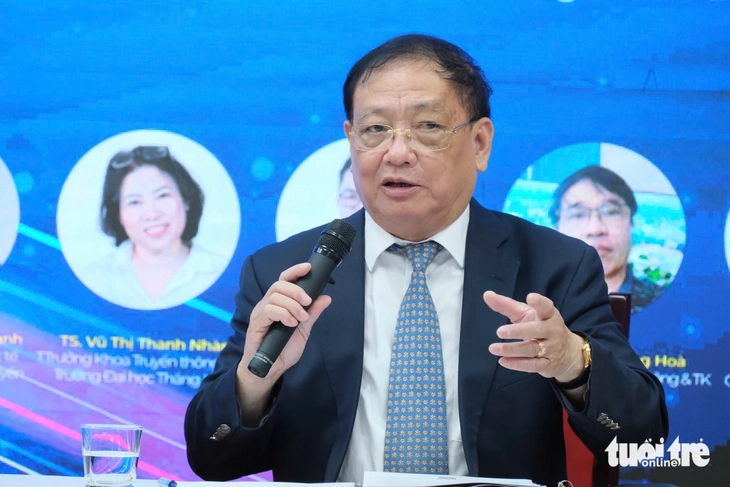
Associate Professor Dr. To Ngoc Hung - President of Hoa Binh University - spoke at the seminar - Photo: NGUYEN BAO
On June 18, Hoa Binh University organized a scientific seminar on "Training in communication and journalism in the digital age", with the participation of experts, journalists, lecturers and students.
Speaking at the seminar, Associate Professor Dr. To Ngoc Hung - President of Hoa Binh University - said that the emergence of artificial intelligence, big data, social networks and new digital platforms not only changes the way information is produced, distributed and consumed, but also poses completely new requirements for training journalism and communication resources in higher education institutions.
However, the current reality shows that journalism and media training still faces many challenges, such as the training network developing rapidly but unevenly; the program is still heavily theoretical, lacking updates with the trend of multi-platform media; facilities, equipment, and specialized software for teaching are limited; the teaching staff lacks experts with rich practical experience; the connection with press agencies and media businesses is not tight, causing difficulties for students when graduating.
Similarly, Dr. Vu Thi Thanh Nhan - Head of the Multimedia Communication Department, Thang Long University - said that currently many communication training programs at universities are still heavy, not fully updated with modern digital skills. Meanwhile, employers require communication candidates to be proficient in digital platforms, know how to create multimedia content, manage digital communities and analyze data.
According to a survey by TopCV Vietnam in 2023, up to 64% of employers in the media and marketing industry believe that graduates lack practical skills on digital platforms, especially tools such as Facebook Ads, Canva, Google Analytics, TikTok...
"The biggest challenge for lecturers and educators is how to make students believe they can learn, do, and find a job after graduation," said Ms. Nhan.
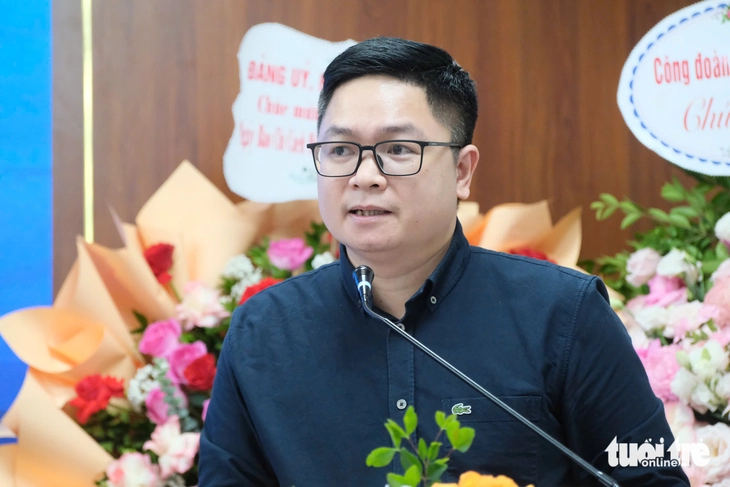
Dr. Tran Van Le - Head of the Communication Department of Dai Nam University - spoke at the seminar - Photo: NGUYEN BAO
Dr. Tran Van Le - Head of the Communication Department of Dai Nam University - said that in response to the requirements of innovation, the school has adjusted the training program for multimedia communication and public relations in a streamlined direction, teaching the most essential things.
Specifically, the school has reduced from nearly 150 credits to about 120 credits for 9 semesters in 3 years of study, helping students graduate early, increasing job opportunities. "Learning must go hand in hand with practice, otherwise it will be very difficult to do the job," Mr. Le emphasized.
"In the courses, the lecturers are required to take students to press agencies or businesses or invite experts to the school to share. This helps students access the knowledge, skills and experience of experts and media training units," said Mr. Le.
Dr. Tran Ba Dung - Head of the Department of Communication and Design at Hoa Binh University - said that opportunities for practice and employment after graduation are important factors creating competition in training.
"To implement the model of connection between the school and the press agency, Hoa Binh University has signed a training cooperation agreement with Tuoi Tre newspaper. Instead of studying at school, students go to Tuoi Tre newspaper to study and practice digital photography techniques, and have their products published in the newspaper. Completely different from previous training programs.
"Innovation in media training programs is a prerequisite for training units to create differences and compete, meeting market needs," said Mr. Dung.
Source: https://tuoitre.vn/dao-tao-truyen-thong-va-bao-chi-trong-ky-nguyen-so-de-sinh-vien-tam-minh-vao-thuc-te-20250618183539535.htm




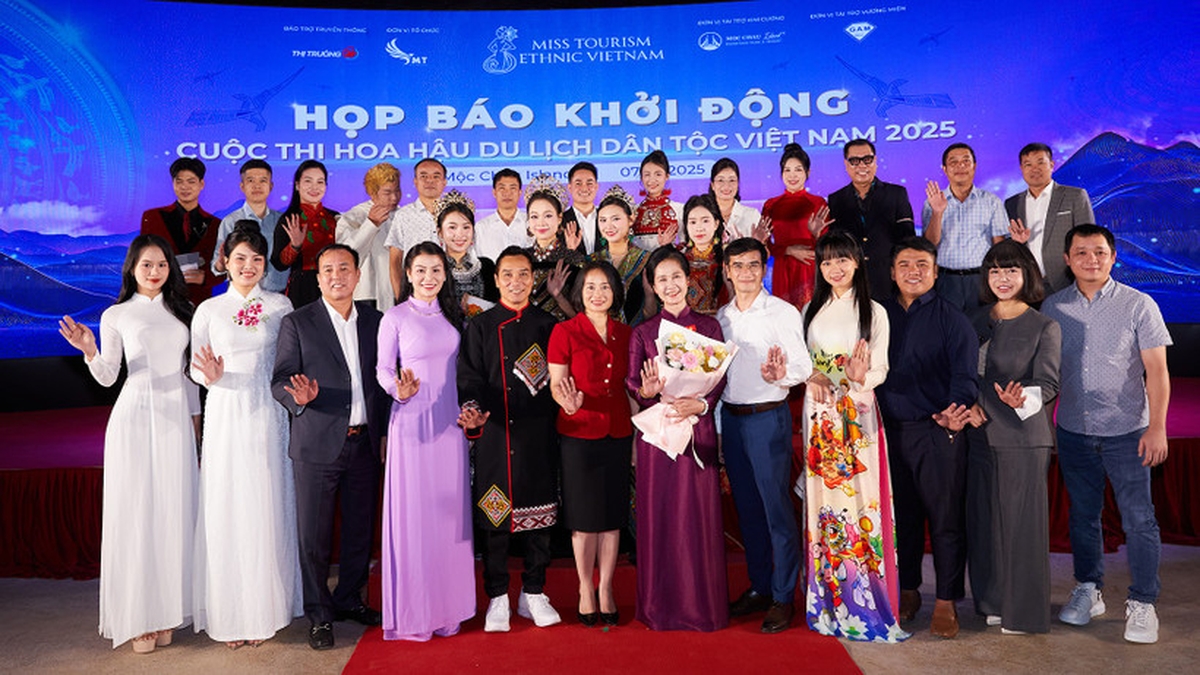





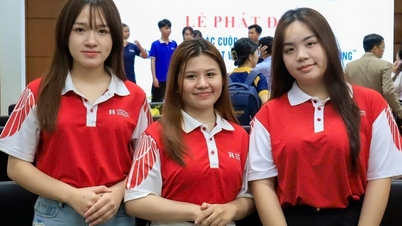

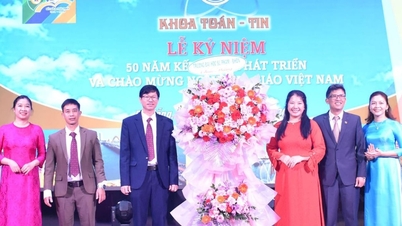



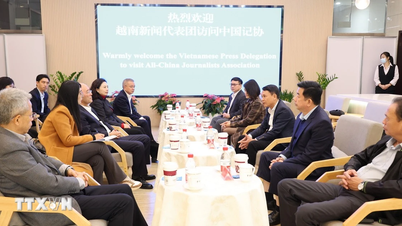

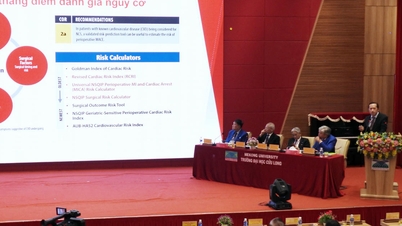



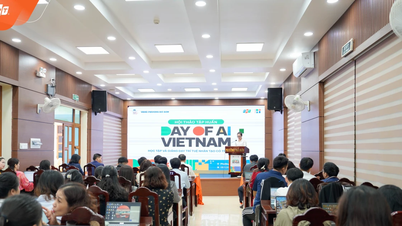













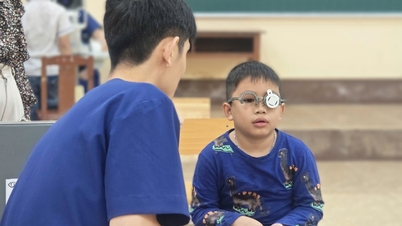
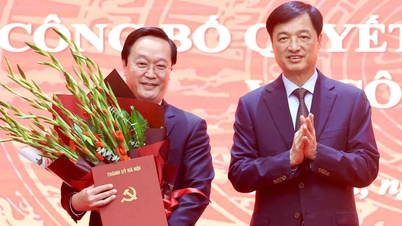













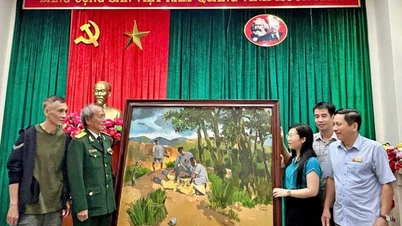

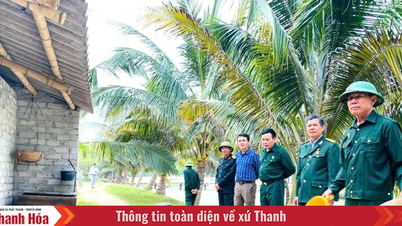


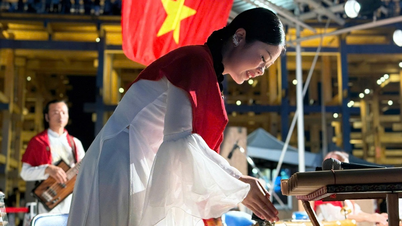
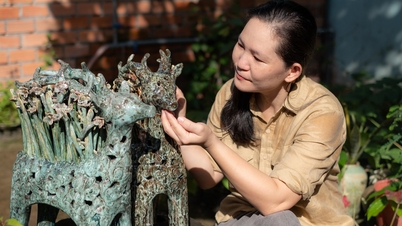
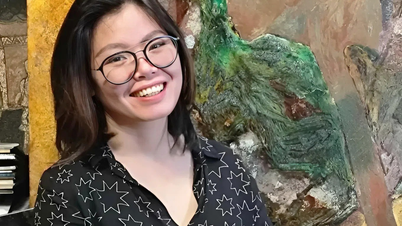



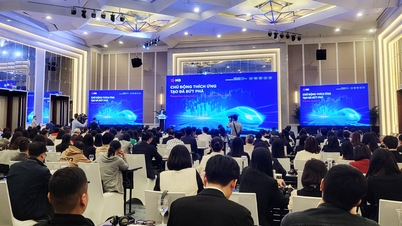

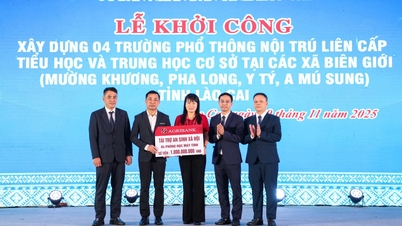


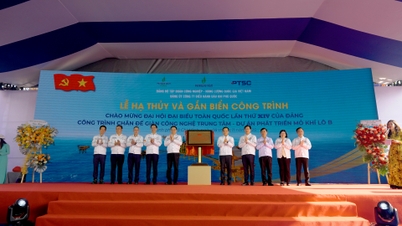






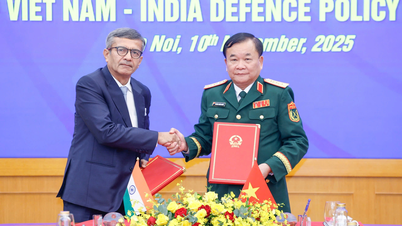


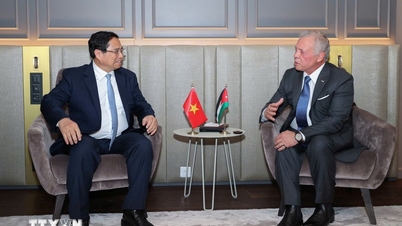
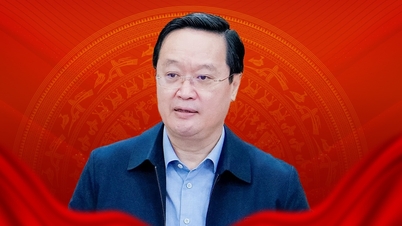

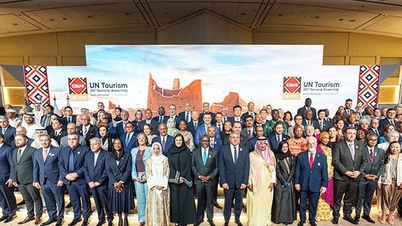

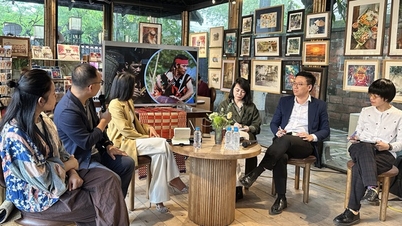







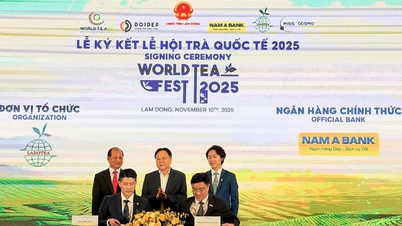



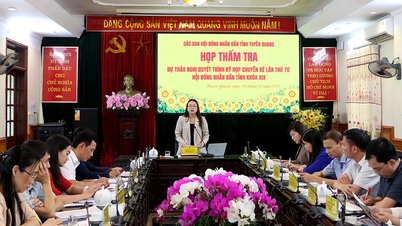

![Dong Nai OCOP transition: [Article 3] Linking tourism with OCOP product consumption](https://vphoto.vietnam.vn/thumb/402x226/vietnam/resource/IMAGE/2025/11/10/1762739199309_1324-2740-7_n-162543_981.jpeg)













Comment (0)